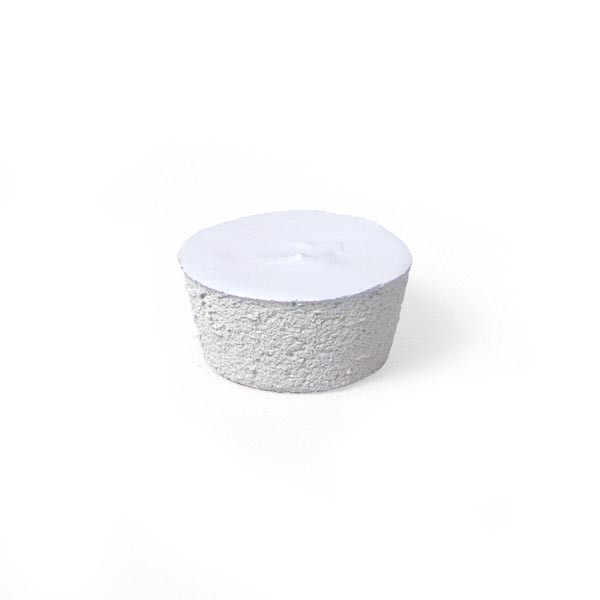Those of you who have followed this blog know of my passion for historical pigments that have quirky legends attached to them, the quirkier the better. Indeed, there are some mighty bizarre tales related to the making of colors, painting techniques, and stories of strange artists themselves.
Well, stack lead white is a color that is extraordinary, wonderful, and lovely to use. It is not necessarily quirky, but it is ridiculously complex to make, hence, it has almost become obsolete. We as artists are lucky that George O’Hanlon is now making this same pigment in the same method used by artists for many centuries. It is truly the crème d la crème and boeuf bourguignon of pigments.
Max Doerner describes the manufacturing process in his Materials of the Artist, “strips of lead rolled into spirals are placed in closed earthenware jars containing acetic acid and the pots are then buried under tanner’s bark or dung; the heat evolved by the fermentation aids in the formation of white lead through an increase in the amount of carbonic acid”. After a period of three months or so, the lead pigment is then scraped off the lead strips, washed, dried into cake form and prepared for use.

Today there are a few purists continuing to use this amazing pigment. Years and years ago when I first read about this manufacturing process, I remember being so curious that I considered trying it, but discarded the idea as being outrageously too much work. Fortunately it is available again and, after you try stack lead white, you might agree it is the crème d la crème, the boeuf bourguignon, a red Lamborghini, a Hong Kong tailored three-piece suit, and a Chopin prelude of pigments.
More next time on actual applications and properties using stack white. Have any of you tried this pigment? Please, let us know of your experiences.
